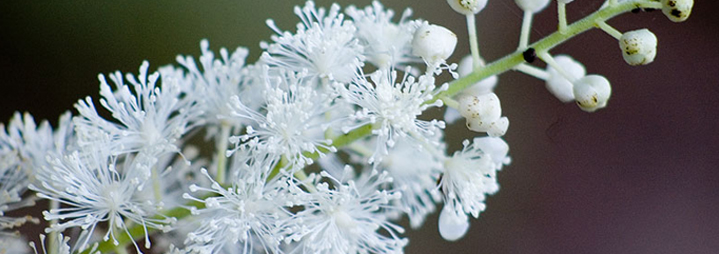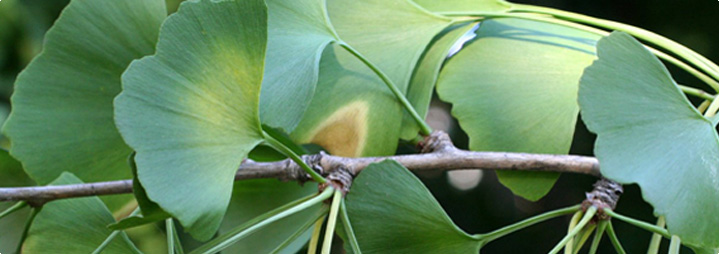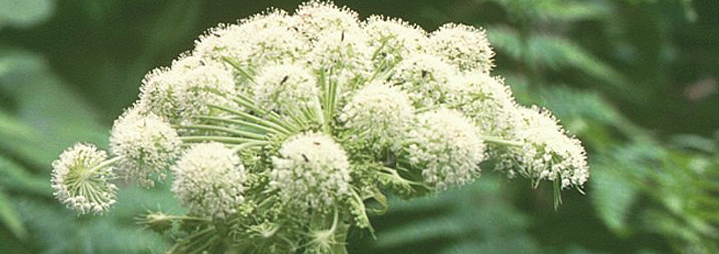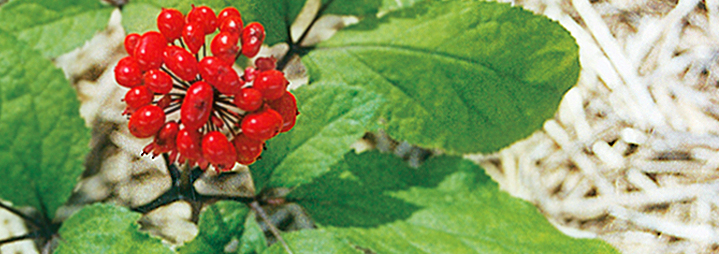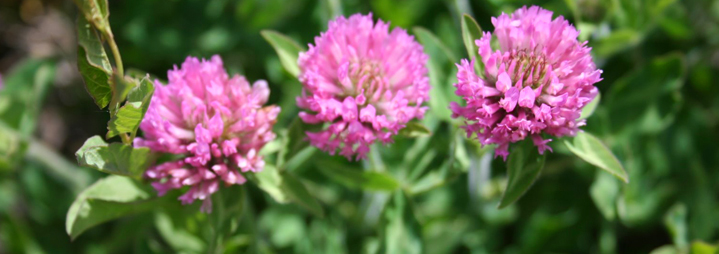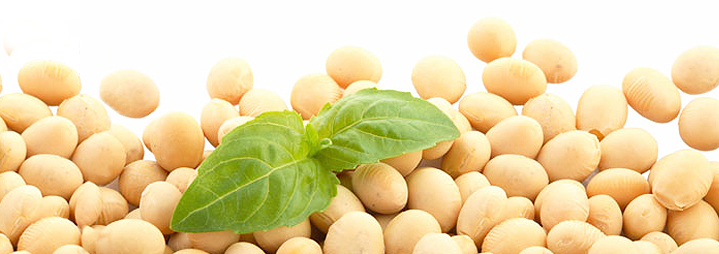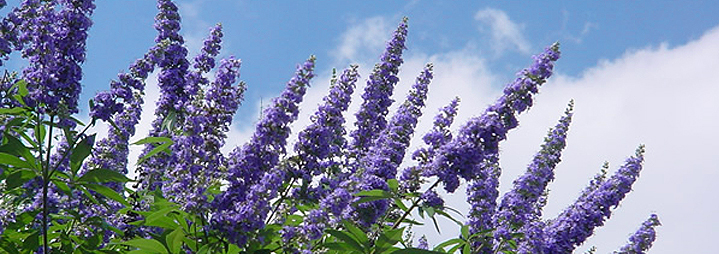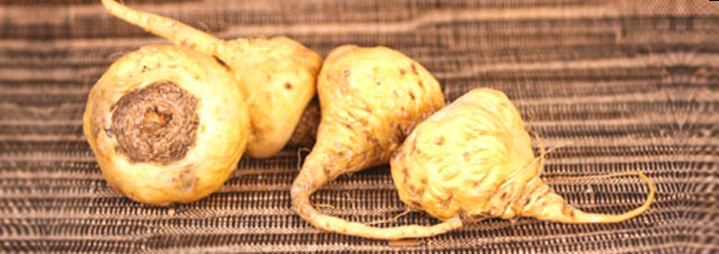Adding Phytoestrogens to Your Diet: 5 Cooking Tips
 Phytoestrogens are plants compounds that mimic estrogen when introduced into the body. This is good news for women seeking to alleviate symptoms of menopause, such as hot flashes and mood swings. Read on to find five cooking tips to help incorporate phytoestrogens into your diet.
Phytoestrogens are plants compounds that mimic estrogen when introduced into the body. This is good news for women seeking to alleviate symptoms of menopause, such as hot flashes and mood swings. Read on to find five cooking tips to help incorporate phytoestrogens into your diet.
1. Seeds
Some of the best sources of dietary phytoestrogens, seeds and nuts are great additions to many dishes including stir fry, chicken and breakfast foods such as porridge or yogurt. Seeds and nuts high in phytoestrogens include flaxseed, sunflower seeds, chestnuts, cashews, hazelnuts, almonds, pistachios, and walnuts.
2. Beans
A very popular legume, Soy is another great source of phytoestrogens. Great in any dish, soy soaks up the flavors of the foods it mixes with and is great in a variety of dishes from soups and salads to stir fry. While high in phytoestrogens, the soybean is also high in fiber, low in saturated fat, cholesterol-free and a good source of omega -3 fatty acids. Good sources of Soy to incorporate into your meals include lentils, navy, kidney, pinto and fava beans. For quick meal ideas try hummus, Soy burgers or a bean salad with green peas. Eating soybeans can reduce the risk of many health problems such as coronary heart disease, lower the risk of osteoporosis and alleviate many menopausal symptoms like hot flashes.
3. Vegetables
 There are a wide array of vegetables containing phytoestrogens. Winter squash, green beans, broccoli and cabbage are great sources. Combine them in poultry or meat dishes for a quick and delicious lunch or dinner meal. Additional vegetables to try include asparagus, bok choy, carrots, green peppers, potatoes and zucchini.
There are a wide array of vegetables containing phytoestrogens. Winter squash, green beans, broccoli and cabbage are great sources. Combine them in poultry or meat dishes for a quick and delicious lunch or dinner meal. Additional vegetables to try include asparagus, bok choy, carrots, green peppers, potatoes and zucchini.
4. Fruit
Fruit makes a welcome and colorful addition to many meals from omelets, cereals, muffins and salads. Dried prunes are particularly high in phytoestrogens as well as peaches, raspberries and strawberries.
5. Grains
Who knew baking bread was so good for you? Try making a multigrain bread such as wheat, rye or flaxseed which also contribute to good cardiovascular health. Other grain sources to add to your meal include multigrain bagels or a side dish of brown rice.
Recommendation:
Diet is always a great way to start for women wishing to add phytoestrogens to their diets. You can reap huge benefits with very small amounts added to any meal. Click here to learn more information about phytoestrogens and menopause.









